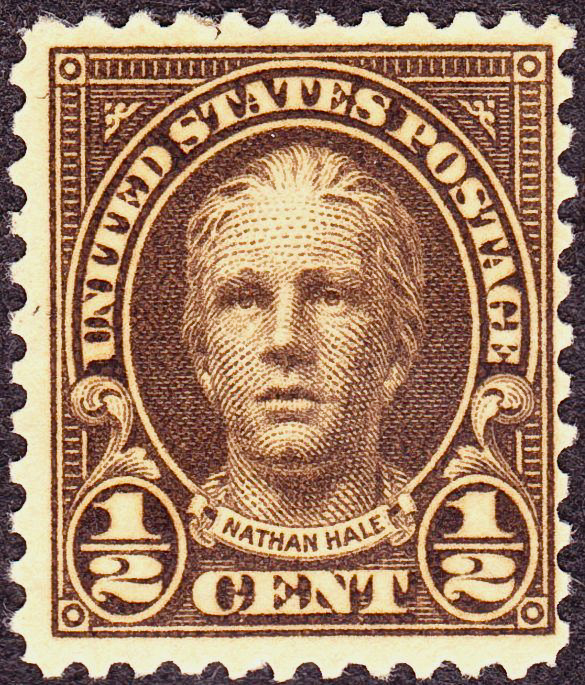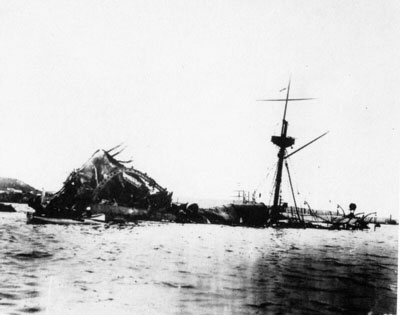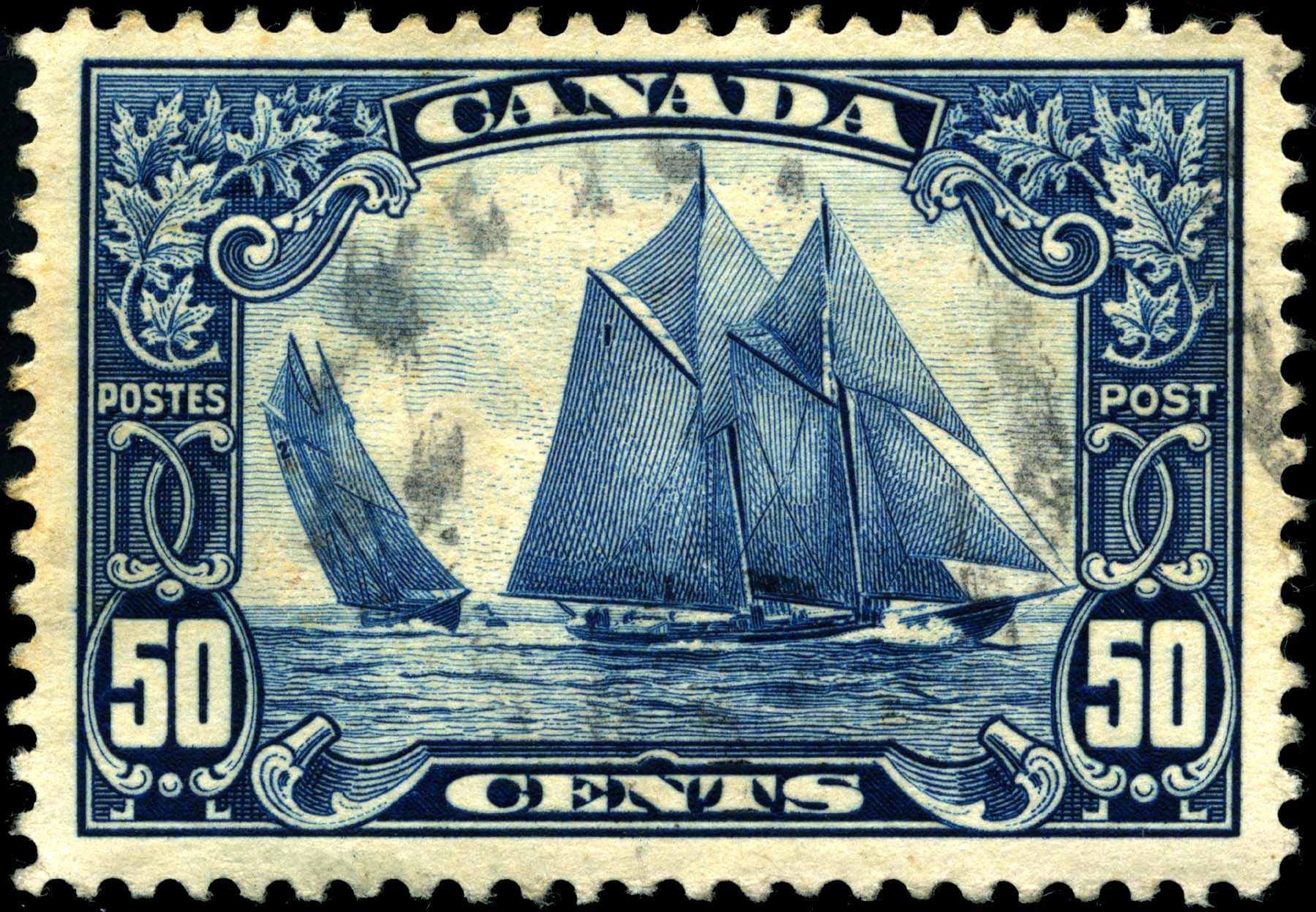|
Western Cattle In Storm
Western Cattle in Storm is a $1 stamp issued by the United States Post Office Department as part of the 1898 Trans-Mississippi Issue. ''Western Cattle in Storm'' is one of nine commemorative postage stamps in the series, which marked the 1898 Trans-Mississippi Exposition held in Omaha, Nebraska. While the entire Trans-Mississippi Issue set has been praised for its quality, viewed by generations of U. S. stamp specialists as "one of the most beautiful sets of postage stamps our country has ever issued,"Randy L. Neil with Jack Rosenthal, ''The Trans-Mississippi Issue of 1898'' (Andrew Levitt, Danbury Connecticut, 1997) a: p. xv; b, c, d: p. 145. the $1 stamp, also called the ''Black Bull'', stands out from the rest. The breed of cattle used in the issue were meant to represent the ruggedness of the American West, but actually derive from the Highlands of Scotland. That's because the design originated in a John MacWhirter painting (1878) depicting cattle in a winter storm in central ... [...More Info...] [...Related Items...] OR: [Wikipedia] [Google] [Baidu] |
Definitive Stamp
A definitive stamp is a postage stamp that is part of the regular issue of a country's stamps, available for sale by the post office for an extended period of time and designed to serve the everyday postal needs of the country. The term is used in contrast to a "provisional stamp", one that is issued for a temporary period until regular stamps are available, or a "commemorative stamp", a stamp "issued to honor a person or mark a special event" available only for a limited time. Commonly, a definitive issue or series includes stamps in a range of Denomination (postage stamp), denominations sufficient to cover current postal rates. An "issue" generally means a set that is put on sale all at the same time, while a "series" is spread out over several years, but the terms are not precise. Additional stamps in a series may be produced as needed by changes in postal rates; nevertheless some values may be permanently available, regardless of prevailing rates; examples include 1c or 1p and ... [...More Info...] [...Related Items...] OR: [Wikipedia] [Google] [Baidu] |
Spanish–American War
, partof = the Philippine Revolution, the decolonization of the Americas, and the Cuban War of Independence , image = Collage infobox for Spanish-American War.jpg , image_size = 300px , caption = (clockwise from top left) , date = April 21 – August 13, 1898() , place = , casus = , result = American victory *Treaty of Paris (1898), Treaty of Paris of 1898 *Founding of the First Philippine Republic and beginning of the Philippine–American War * German–Spanish Treaty (1899), Spain sells to Germany the last colonies in the Pacific in 1899 and end of the Spanish Empire in Spanish colonization of the Americas, America and Asia. , territory = Spain relinquishes sovereignty over Cuba; cedes Puerto Rico, Guam and the Philippine Islands to the United States. $20 million paid to Spain by the United States for infrastructure owned by Spain. , combatant1 = United State ... [...More Info...] [...Related Items...] OR: [Wikipedia] [Google] [Baidu] |
1887 In Scotland
Events from the year 1887 in Scotland. Incumbents * Secretary for Scotland and Keeper of the Great Seal – Arthur Balfour until 11 March; then The Marquess of Lothian Law officers * Lord Advocate – John Macdonald * Solicitor General for Scotland – James Robertson Judiciary * Lord President of the Court of Session and Lord Justice General – Lord Glencorse * Lord Justice Clerk – Lord Moncreiff Events * 1 April – Glasgow Botanic Gardens management taken over by town council. * 26 April – the America's Cup challenging yacht ''Thistle'', designed by George Lennox Watson, is launched at D. and W. Henderson and Company's yard at Partick. * 28 May – Udston mining disaster in Hamilton, South Lanarkshire, Scotland: 73 coal miners die in a firedamp explosion at Udston Colliery. * 7 June – the first (temporary) North Carr Lightship is moored on station. * July – James Blyth operates the world's first working wind turbine at Marykirk. * November – Park D ... [...More Info...] [...Related Items...] OR: [Wikipedia] [Google] [Baidu] |
Agriculture In Scotland
Agriculture in Scotland includes all land use for arable, horticultural or pastoral activity in Scotland, or around its coasts. The first permanent settlements and farming date from the Neolithic period, from around 6,000 years ago. From the beginning of the Bronze Age, about 2000 BCE, arable land spread at the expense of forest. From the Iron Age, beginning in the seventh century BCE, there was use of cultivation ridges and terraces. During the period of Roman occupation there was a reduction in agriculture and the early Middle Ages were a period of climate deterioration resulting in more unproductive land. Most farms had to produce a self-sufficient diet, supplemented by hunter-gathering. More oats and barley were grown, and cattle were the most important domesticated animal. From c. 1150 to 1300, the Medieval Warm Period allowed cultivation at greater heights and made land more productive. The system of infield and outfield agriculture may have been introduced with feudalism f ... [...More Info...] [...Related Items...] OR: [Wikipedia] [Google] [Baidu] |
Scottish Paintings
Scottish usually refers to something of, from, or related to Scotland, including: *Scottish Gaelic, a Celtic Goidelic language of the Indo-European language family native to Scotland *Scottish English *Scottish national identity, the Scottish identity and common culture *Scottish people, a nation and ethnic group native to Scotland *Scots language, a West Germanic language spoken in lowland Scotland *Symphony No. 3 (Mendelssohn), a symphony by Felix Mendelssohn known as ''the Scottish'' See also *Scotch (other) *Scotland (other) *Scots (other) *Scottian (other) *Schottische The schottische is a partnered country dance that apparently originated in Bohemia. It was popular in Victorian era ballrooms as a part of the Bohemian folk-dance craze and left its traces in folk music of countries such as Argentina ("chotis"Span ... * {{disambiguation Language and nationality disambiguation pages ca:Escocès ... [...More Info...] [...Related Items...] OR: [Wikipedia] [Google] [Baidu] |
Cattle In Art
Cattle (''Bos taurus'') are large, domesticated, cloven-hooved, herbivores. They are a prominent modern member of the subfamily Bovinae and the most widespread species of the genus ''Bos''. Adult females are referred to as cows and adult males are referred to as bulls. Cattle are commonly raised as livestock for meat (beef or veal, see beef cattle), for milk (see dairy cattle), and for hides, which are used to make leather. They are used as riding animals and draft animals ( oxen or bullocks, which pull carts, plows and other implements). Another product of cattle is their dung, which can be used to create manure or fuel. In some regions, such as parts of India, cattle have significant religious significance. Cattle, mostly small breeds such as the Miniature Zebu, are also kept as pets. Different types of cattle are common to different geographic areas. Taurine cattle are found primarily in Europe and temperate areas of Asia, the Americas, and Australia. Zebus (al ... [...More Info...] [...Related Items...] OR: [Wikipedia] [Google] [Baidu] |
1898 In The United States
Events from the year 1898 in the United States. Incumbents Federal Government * President: William McKinley ( R-Ohio) * Vice President: Garret Hobart ( R-New Jersey) * Chief Justice: Melville Fuller (Illinois) * Speaker of the House of Representatives: Thomas Brackett Reed ( R-Maine) * Congress: 55th Events January–March * 1 January – New York City annexes land from surrounding counties, creating the City of Greater New York. The city is geographically divided into five boroughs: Manhattan, Brooklyn, Queens, The Bronx, and Staten Island. * 8 January – Seminole burning: Lynching by burning of two Seminole boys near Maud, Oklahoma; 6 of the lynch mob are convicted and imprisoned, the first successful prosecution of lynching in the Southwest. * 15 February – explodes and sinks in Havana harbor, Cuba, killing 266 men. Popular opinion blames Spain and helps precipitate the Spanish–American War. * 22 February – Naoum Mokarzel establishes ... [...More Info...] [...Related Items...] OR: [Wikipedia] [Google] [Baidu] |
Postage Stamps Of The United States
The mail or post is a system for physically transporting postcards, letters, and parcels. A postal service can be private or public, though many governments place restrictions on private systems. Since the mid-19th century, national postal systems have generally been established as a government monopoly, with a fee on the article prepaid. Proof of payment is usually in the form of an adhesive postage stamp, but a postage meter is also used for bulk mailing. With the advent of email, the retronym "snail mail" was coined. Postal authorities often have functions aside from transporting letters. In some countries, a postal, telegraph and telephone (PTT) service oversees the postal system, in addition to telephone and telegraph systems. Some countries' postal systems allow for savings accounts and handle applications for passports. The Universal Postal Union (UPU), established in 1874, includes 192 member countries and sets the rules for international mail exchanges as a Specializ ... [...More Info...] [...Related Items...] OR: [Wikipedia] [Google] [Baidu] |
National Postal Museum
The National Postal Museum, located opposite Union Station in Washington, D.C., United States, covers large portions of the Postal history of the United States and other countries. It was established through joint agreement between the United States Postal Service and the Smithsonian Institution and opened in 1993. Premises The museum is located across the street from Union Station, in the building that served as the main post office of Washington, D.C. for decades, from its construction in 1914 until 1986. The building was designed by the Graham and Burnham architectural firm, which was led by Ernest Graham following the death of Daniel Burnham in 1912. The headquarters of the United States Department of Labor's Bureau of Labor Statistics is based in this building, and there is also space for a data center for the United States Senate. Displays The museum holds the National Philatelic Collection. It has hosted many interactive displays about the history of the United Stat ... [...More Info...] [...Related Items...] OR: [Wikipedia] [Google] [Baidu] |
Bluenose (postage Stamp)
The Bluenose is the nickname for a 50-cent definitive postage stamp issued by the Canadian Post Office on 8 January 1929 as part of the King George V "Scroll Issue". Scott number is 158 with a perforation of 12. The stamp depicts the fishing schooner ''Bluenose'' and the design, by the Canadian Bank Note Company, Ottawa, is a montage of two different images of the vessel, racing off Halifax Harbour. The stamp is considered a classicBNAPS ''Bluenose is Still Considered Canada’s Finest Stamp'' (retrieved 1 October 2006) even though it was issued after 1900. It has been called "Canada's Finest Stamp" and is a favorite among collectors. Three printing plates were made; plate 1 (of 200 impressions) was never used because of defects found, but plates 2 and 3 (of 10 ... [...More Info...] [...Related Items...] OR: [Wikipedia] [Google] [Baidu] |





